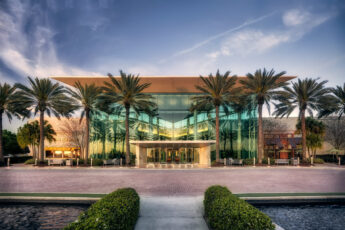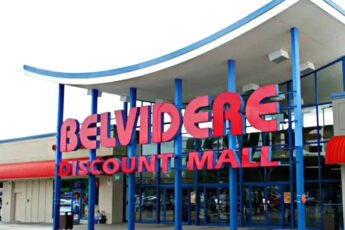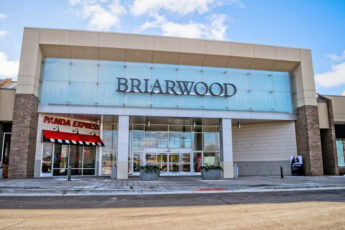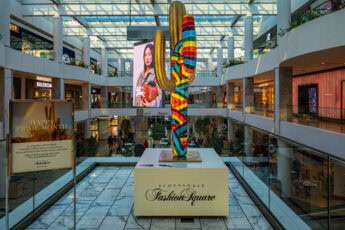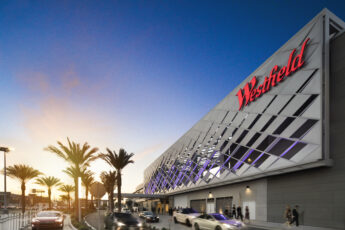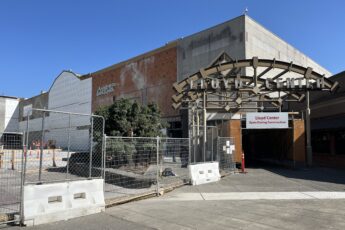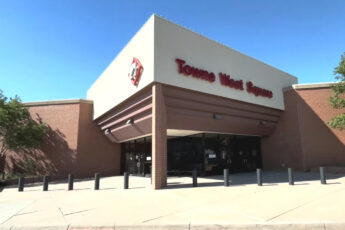Early Development and Inception
In March 1954, real estate developer Simon Sherman bought 80 acres in Wheaton from Charles Heitmuller for $800,000.
The land, previously used for wholesale fruit farming, became the foundation for Wheaton Plaza.
On February 9, 1955, Sherman announced plans for a shopping mall, setting the stage for what would become a major commercial hub.
The official groundbreaking took place on January 21, 1956.
Giant Foods was the first store to open, welcoming customers on September 17, 1956.
Following this, a Shell service station started operations in August 1957.
These initial establishments paved the way for more retail opportunities in the area.
Wheaton Plaza opened on February 5, 1960, as a single-level, open-air mall.
Woodward & Lothrop and Montgomery Ward served as the primary anchors.
Thirteen other stores, including Strosnider's Hardware, Bank of Silver Spring, and Fannie May Candy Store, also began operations on the same day.
The grand opening celebration on March 31, 1960, attracted a large crowd.
Wheaton Plaza's design included Georgian architectural elements with materials like Italian marble and Florentine glass.
The mall featured a marble-tiled fountain and an open-air pathway lined with boxed evergreen trees.
This architectural style set Wheaton Plaza apart from other shopping centers of its time, establishing it as a central destination for things to do in Wheaton, Maryland.
Expansion and Architectural Style
Wheaton Plaza expanded quickly after its initial success.
In 1962, construction began on a second office building, the tallest in Montgomery County at ten stories.
Hechinger opened its store in December 1963, adding to the retail mix.
By the mid-1960s, Wheaton Plaza had grown to include stores such as Raleigh's Haberdasher, Baker Shoes, and Embassy Men's Wear.
The developers' decision to place tenants strategically rather than letting them choose locations helped maintain a cohesive and attractive layout.
This approach, along with high rents, attracted quality retailers and boosted the mall's appeal.
Wheaton Plaza's layout included an open-air central pathway, which made shopping pleasant and convenient.
The mix of high-end materials and thoughtful design elements set a high standard for shopping centers in the area.
Wheaton Plaza quickly became a popular destination for shoppers in the Washington Metropolitan Area.
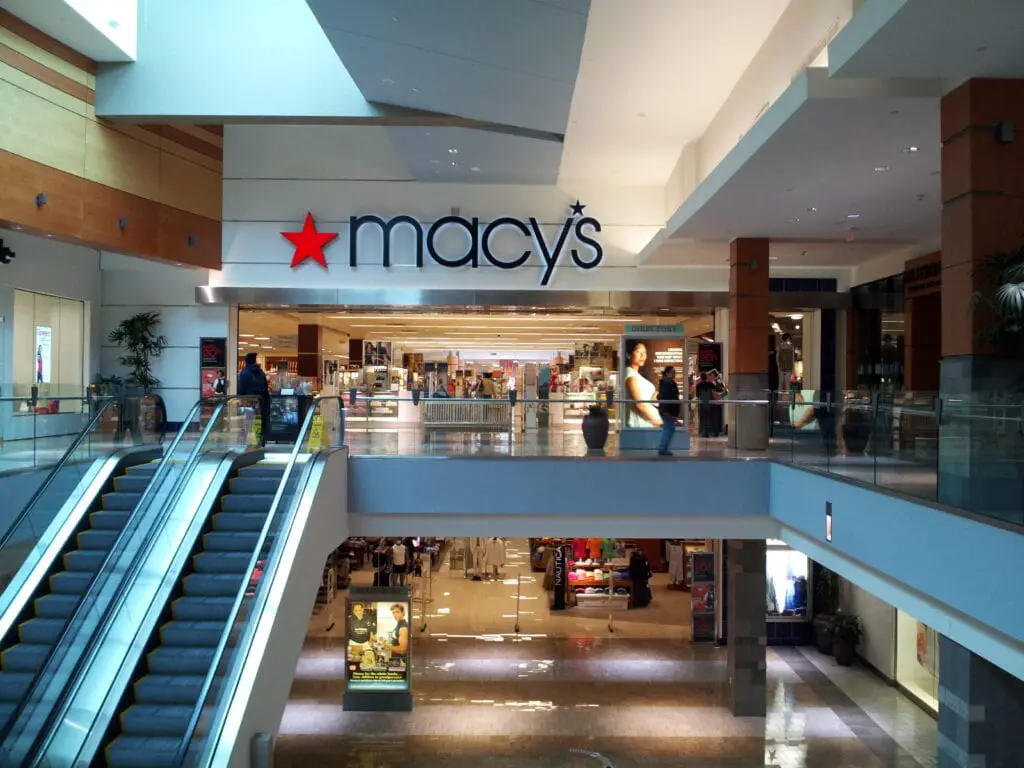
Significant Events and Changes
Wheaton Plaza hosted several notable events in the 1960s.
During his presidential campaign in May 1960, John F. Kennedy visited the mall.
Later that year, Eleanor Roosevelt spoke at a campaign rally for Kennedy.
These events drew large crowds and highlighted the mall's importance as a community hub.
The addition of the nation's first self-service post office in 1964 marked another milestone.
Located in a plywood shelter in the parking lot, this post office featured vending machines for stamps and envelopes, as well as scales for customer use.
This innovation provided a convenient service for shoppers and set a precedent for future developments.
In 1968, Tysons Corner Center opened, surpassing Wheaton Plaza in size and drawing some of its customer base.
Despite this, Wheaton Plaza continued to thrive, adapting to changes in the retail landscape.
The mall's management responded to competition by initiating a plan to enclose the mall in 1974.
Renovation and Legal Issues
The 1970s brought challenges for Wheaton Plaza.
The plan to enclose the mall began in 1974 but faced delays, which led to a $30 million lawsuit between developers.
Despite these setbacks, the mall continued to evolve.
In 1987, a new wing anchored by Hecht's opened, marking a major milestone.
This expansion included more retail space and improved the mall's layout.
The changes helped Wheaton Plaza stay competitive in the growing retail market.
During this period, other stores like Target and JCPenney joined the lineup, replacing older anchors like Montgomery Ward and Woodward & Lothrop.
The mall adapted to changing retail trends, bringing in popular brands to attract shoppers.
Wheaton Plaza's management focused on keeping the mall relevant.
They introduced new amenities and updated the facilities, showing a commitment to maintaining the mall's status as a shopping destination.
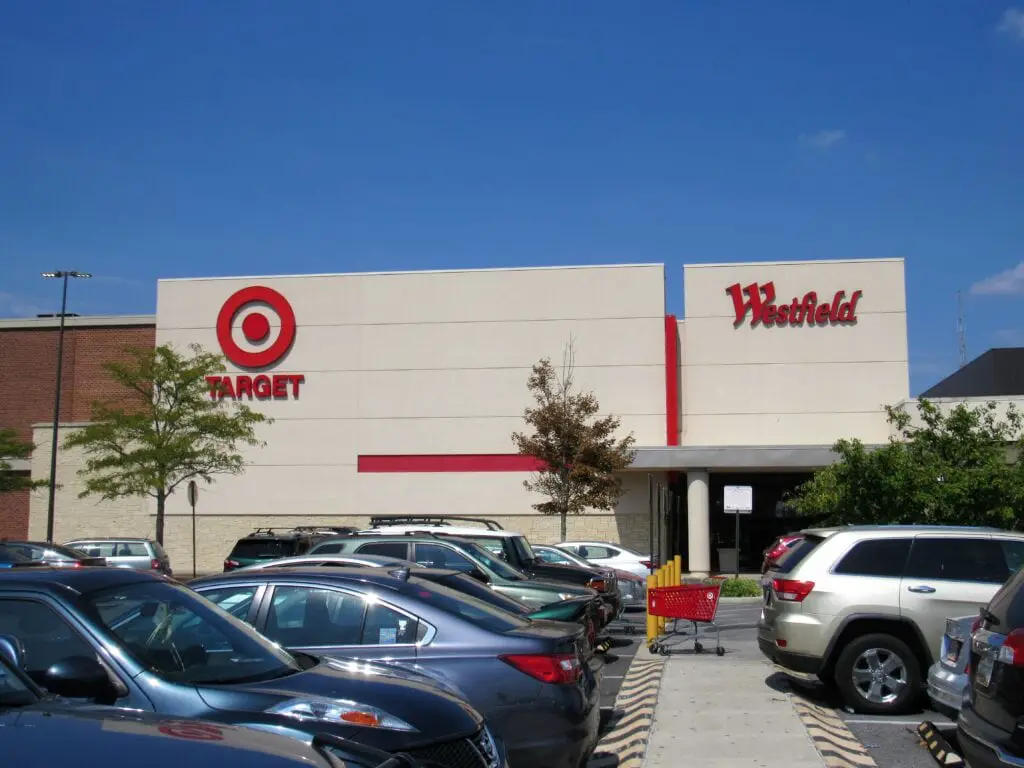
Modern Developments
In the early 2000s, Westfield Wheaton saw more changes.
The service tunnel under the mall was converted into retail space in 2005.
This innovative use of space allowed for new stores and services.
Macy's opened a store in 2006, boosting the mall's appeal.
Shortly after, Costco announced plans to build on the former Hecht's site.
Costco opened in 2013, sharing the new building with Dick's Sporting Goods.
These additions brought in more foot traffic and revitalized the mall.
In 2008, DSW Shoe Warehouse opened, further diversifying the mall's offerings.
JCPenney, which had replaced Woodward & Lothrop, continued to be a major anchor.
Target, which took over the Montgomery Ward location, remained a key retailer.
By continually updating its tenant mix and facilities, Westfield Wheaton adapted to the changing retail landscape.
This strategy kept the mall relevant and appealing to a broad range of shoppers.
Westfield Wheaton Mall in 2023 - 2024
In 2023, Westfield Wheaton's parent company, Unibail-Rodamco-Westfield (URW), announced plans to sell several U.S. locations by the end of 2023.
This decision is part of URW's strategy to focus on European assets.
The potential sale of Westfield Wheaton raises questions about the mall's future and how new ownership might impact its operations and development plans.
In December 2023, a major incident occurred at the JCPenney store within the mall.
A man barricaded himself inside a dressing room, prompting an evacuation and a significant police response.
The situation ended without injuries, but it underscored the need for enhanced security measures at the mall.
This incident received extensive media coverage, reflecting the challenges the mall faces in ensuring shopper safety.
A strong-arm robbery also occurred at the mall on December 24, 2023, prompting a police investigation.
Westfield Wheaton Mall has seen various changes and updates throughout 2024.
Several new businesses have opened their doors, bringing fresh offerings to the mall.
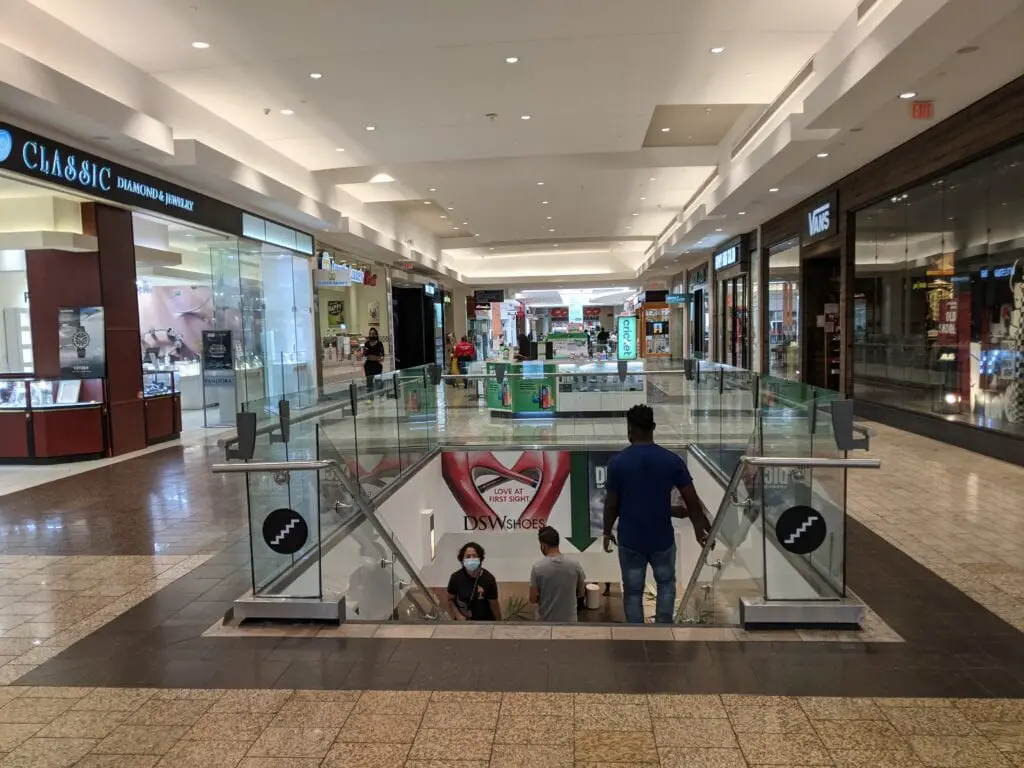
Notably, Sake Japanese Steak House has taken over the space previously occupied by Bar Louie.
The restaurant is currently in its soft opening phase and promises to deliver an authentic Japanese dining experience.
Additionally, Pollo Campero is set to open in the food court, replacing Moe's Southwest Grill, although the exact opening date has not yet been announced.
Other new arrivals include WOW Games, located on the mall's lower level near Hollister and Charlotte Russe.
This store specializes in new and used games, gaming systems, art, and trading card game (TCG) accessories.
Java Fresh Café has also recently opened in the food court, offering a wide range of coffee drinks, bubble tea, ice cream, pastries, and smoothies.
On the other hand, Westfield Wheaton Mall has also experienced some closures.
Fashion retailer Express has shut down its Wheaton location following its Chapter 11 bankruptcy filing, and teen clothing retailer rue21 has closed all its locations after filing for bankruptcy for the third time.
Overall, Westfield Wheaton Mall continues to adapt and grow, with new stores and dining options enhancing the shopping experience despite the challenges posed by store closures.
Upcoming events and new openings promise to keep the mall a lively and attractive destination for visitors.
Wheaton Revitalization Project next to Westfield Wheaton
Montgomery County has taken significant steps to revitalize Wheaton, MD, through the Wheaton Revitalization Project.
This initiative, led by the Montgomery County Department of Transportation (MCDOT), represents one of the county's largest projects ever.
The project aimed to enhance Wheaton's economic and environmental landscape.
The project broke ground in June 2017 and finished its three-year construction in September 2020.
The Wheaton Revitalization Project took 39 months to complete and cost about $179 million.
The development included constructing a government office building, an underground parking garage, and a new town square.
The project reached completion on time and within budget, marking a successful phase in Wheaton's transformation.
This mixed-use development aimed to improve mobility and increase the use of the Wheaton Metro Station.
By integrating these elements, the project sought to reduce traffic congestion and environmental impacts while providing a boost to the local economy.
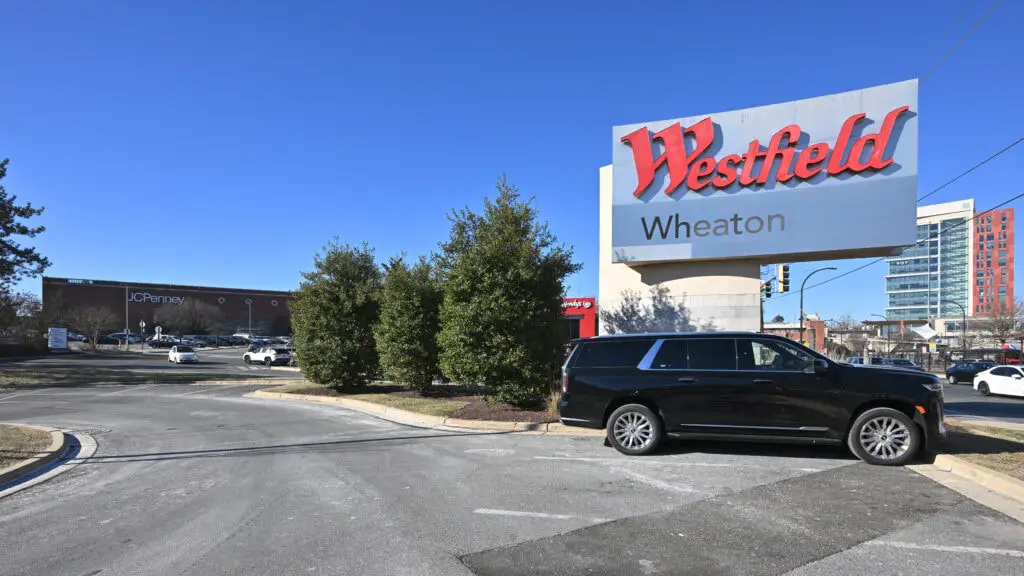
The new office building serves as the headquarters for the Maryland-National Capital Park and Planning Commission (M-NCPPC), marking a major addition to the area's employment and service offerings.
The new Marian Fryer Town Plaza and parking facilities offer more than just functional improvements; they create a vibrant space for community activities and gatherings.
The project also included efforts to support local businesses affected by construction.
The Montgomery County Small Business Assistance Program provided aid for companies that experienced revenue losses during the building phase.
With the completion of the Wheaton Revitalization Project, the area is poised for future growth.
The new infrastructure and facilities aim to attract more businesses and visitors to Wheaton, fostering a more dynamic and diverse community.
The project underscores Montgomery County's commitment to sustainable development and economic revitalization.

